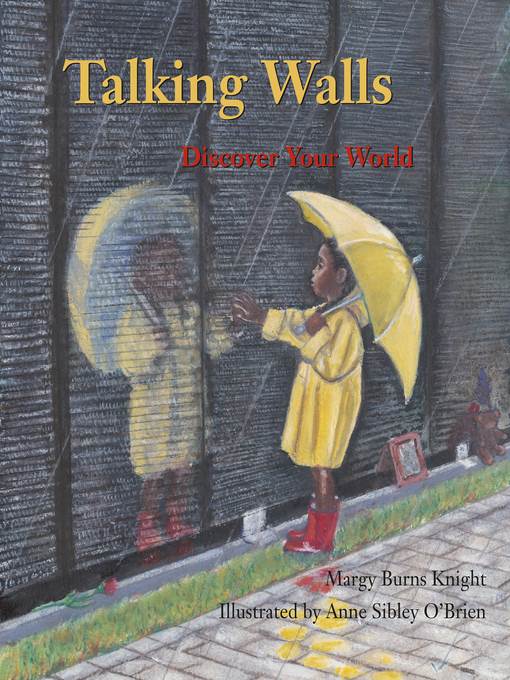
Talking Walls
Discover Your World
فرمت کتاب
ebook
تاریخ انتشار
2014
Lexile Score
1200
Reading Level
9-12
شابک
9780884483632
کتاب های مرتبط
- اطلاعات
- نقد و بررسی
- دیدگاه کاربران
نقد و بررسی

December 30, 1996
In a praiseworthy celebration of similarities and differences among the world's peoples, debut author Knight and O'Brien explore notable walls the world over as both symbols and vehicles for cultural connection. Young readers will recognize such landmarks as the Great Wall of China, the cave walls of Lascaux, the Wailing Wall and the Vietnam Memorial. More surprising selections feature the work of Australian aborigines, Indian Hindus, Islamic Egyptians, Native Americans and Africans. The narrative is respectful and egalitarian, with the clear intent of valuing no one people over another. O'Brien's ( Jamaica Tag-Along ; Jamaica's Find ) well-designed and affecting pastels cover each spread; showing busy children at each wall, the illustrations focus on the characters' facial expressions and spur reader interest still further by shifting the perspective for each scene. A four-page afterword provides supplementary facts about the individual wall sites and keys them to a world map. Ages 5-13.

September 1, 1992
Gr 3-6- -A unique introduction to the history and beliefs of a diverse group of cultures. In each of the 14 double-page spreads, Knight journeys to a new location, presenting information and folklore about famous walls all over the world. Some of the choices are obvious: the Great Wall of China, the Lascaux Cave, the Vietnam Veterans Memorial, the Berlin Wall. Others are less traditional but imaginatively appropriate: the Mexican murals of Diego Rivera, the Canadian Museum of Civilization, Nelson Mandela's prison walls. Although each vignette is brief, the author holds readers' interest with personalized stories, such as the one of a young boy who proudly chalks his handprint next to those of his ancestors on an Aborigine cave wall, or the Jewish child who solemnly places his handwritten Hebrew prayer in a crevice of the Western Wall in Jerusalem. Additional information is provided at the back of the book, as are two simple maps and endpapers that feature the word for wall in 36 languages. Beautifully executed pastel paintings capture the variety and vitality of each culture presented. Use this to launch a discussion about the uses and abuses of boundaries, or connect it to more familiar sights such as graffiti or billboards, and talk about walls as a means of cultural expression. -Joy Fleishhacker, New York Public Library

Starred review from August 1, 1992
Gr. 3-5, younger for reading aloud. Knight has found a powerful theme for introducing children to the world and its diverse cultures: walls. The subject is broad and the images are varied, ranging from the Lascaux cave paintings to aboriginal wall art in Australia to Diego Rivera's murals; from Jerusalem's Western Wall to Ka'aba's Muslim walls to Mahabalipuram's animal walls. The circular stone walls of Great Zimbabwe, the Great Wall of China, the walls of the ancient Inca city of Cuzco, the Taos pueblo in New Mexico, Nelson Mandela's prison walls, and the Berlin Wall are also among those examined. O'Brien illustrates each wall with a vibrant, pastel drawing on a large, double-page spread. Several paragraphs of text explain the meaning and context of each wall, while appended world maps and notes extend the information in the text. Older children can turn to Giblin's excellent "Walls: Defenses throughout History" for a more detailed examination of the subject, but elementary school teachers seeking multicultural books will find this picture book an intriguing visual presentation that could spark discussion in the classroom. ((Reviewed Aug. 1992))(Reprinted with permission of Booklist, copyright 1992, American Library Association.)

























دیدگاه کاربران